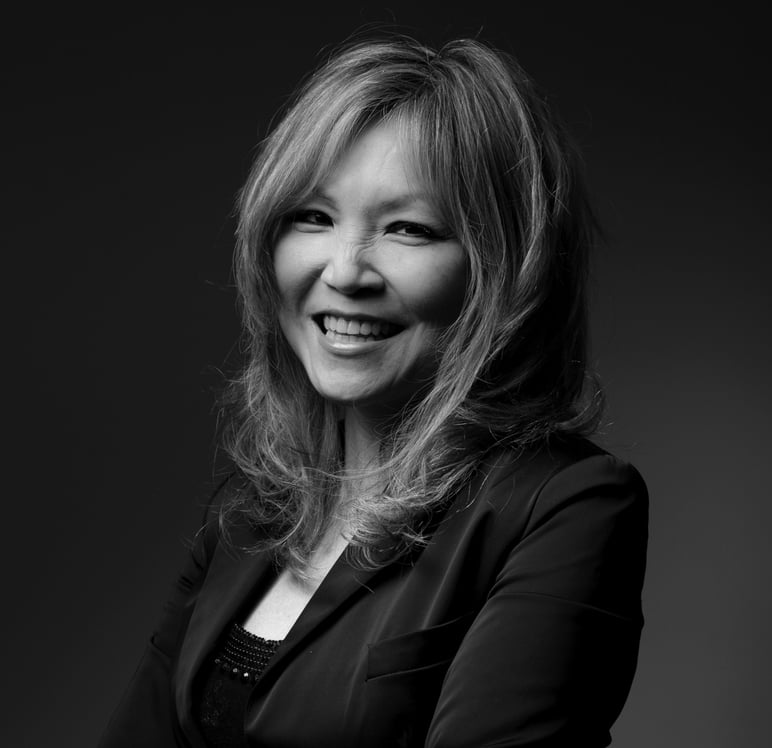
An open relationship like Will Smith and Jada Pinkett Smith have – could you have one too?
- An open relationship is one which ‘each couple has the option to explore what is the most comfortable way their needs can be met’, an expert explains
- A deep sense of trust and the ability to cope with jealousy without it wrecking the primary relationship are essential if you want an open relationship
Since Will Smith’s “slapgate” controversy at this year’s Academy Awards ceremony, the juicy details of the Hollywood A-lister’s open marriage have again come under public scrutiny.
It’s no secret that Smith and Jada Pinkett Smith have been in such a relationship for years.
Despite their stance against monogamy, Smith sees his wife as his “life partner” and famously said that when “you get into that space … there is no deal breaker. There’s nothing she could do – ever – that would break our relationship. She has my support till death, and it feels so good to get to that space.”
Does it sound too good to be true? How can you know if an open relationship is for you?

Valentina Tudose, relationship expert and certified hypnotherapist, warns against being too sanguine, as open relationships are not for everyone.
Open relationships are more likely to be successful between mature, committed partners who are not only securely attached but possess advanced communication skills.
In an open relationship, you must make explicit agreements on your shared ‘rules of engagement’
This means they are fully aware of their physical and emotional needs, are able to communicate those needs to their partner, and have the ability to regulate their emotions in times of stress, Tudose points out.
“An open relationship can only function if it is based on radical honesty. A deep sense of safety and trust are a fundamental requirement to resolve conflicts and deal with the ‘threat’ of another possible ‘competitor’,” she says.
First, she says, you need to ask yourself the following questions before proposing an open arrangement to your partner:
“‘Does my desire for others come from dissatisfaction with my current relationship?’; ‘How secure do I feel about myself, on a scale of 1 to 10?’; ‘Am I looking for a new relationship because I crave external validation?’, and ‘How comfortable am I when I see my current partner receiving attention from someone else?’”
If your partner proposes this arrangement, Tudose says, ask yourself the following questions:
“‘Would I say yes out of fear of being abandoned?’; ‘How will I be able to manage my jealousy?’; ‘How secure and independent do I feel in myself?’, and ‘What is my attachment style?’”

In order to make an open relationship work, we must know how to deal with jealousy.
“When partnerships are based on a sense of possession in which both parties believe certain intimate acts (e.g., falling in love) are only allowed with each other, jealousy is a very natural feeling,” says Tudose.
“In an open relationship, you must make explicit agreements on your shared ‘rules of engagement’, which are based on the comfort levels of both you and your partner. You must establish clear boundaries around what is acceptable and what is not,” explains Tudose.

At the end of the day, partners in an open arrangement need to learn to self-soothe to avoid blow-ups and resorting to blame.
On resolving setbacks, Tudose says learning to identify the issue each partner is experiencing (i.e. unmet needs) and the ability to communicate one’s feelings are fundamental requirements for resolving any conflict.
“In the context of an open relationship, the level of threat we feel is higher. Therefore, open communication and radical honesty are paramount,” she points out.
How you can make an open relationship work, and its pros and cons
“An open relationship is simply a different relationship model, so each couple has the option to explore what is the most comfortable way their needs can be met.
“When there is a commitment and desire to continue the primary relationship but one partner or both feel this open relationship model is no longer fulfilling their needs, a new agreement needs to be reached. One answer could be reverting to the perceived “safety” provided by monogamy.
“But other options may still be available. The beauty of this open relationship experience is that it can establish a deeper understanding of oneself and help partners grow closer, so keep an open mind,” she says.

As for what we can take away from the Smiths’ story, Tudose offers these insights.
“They are a great example of a conscious couple who chose to face the discomfort and pave the way for others to brave the complicated waters of a non-traditional relationship model.
“The lesson we can learn from their relationship is that if there is commitment to growth and the courage to face these socially rigid mindsets, there is a possibility of living life on one’s own terms.”
The benefits and dangers of an open relationship
Pros
-
Radical honesty and deep sense of connection
-
Exploration and adventure within and outside the primary relationship
-
Opportunity to explore one’s feelings and emotions, and learn more about love
Cons
-
High chance of feeling rejected and worthless if comparing yourself to new partner(s)
-
Heightened sense of insecurity and anxiety that the partner might fall in love with someone else
-
If starting from a shaky foundation, higher chance of further disconnection that can lead to resentment, anger, and a breakdown in the primary relationship
Luisa Tam is a Post correspondent who also hosts video tutorials on Cantonese language that are now part of Cathay Pacific’s in-flight entertainment programme

